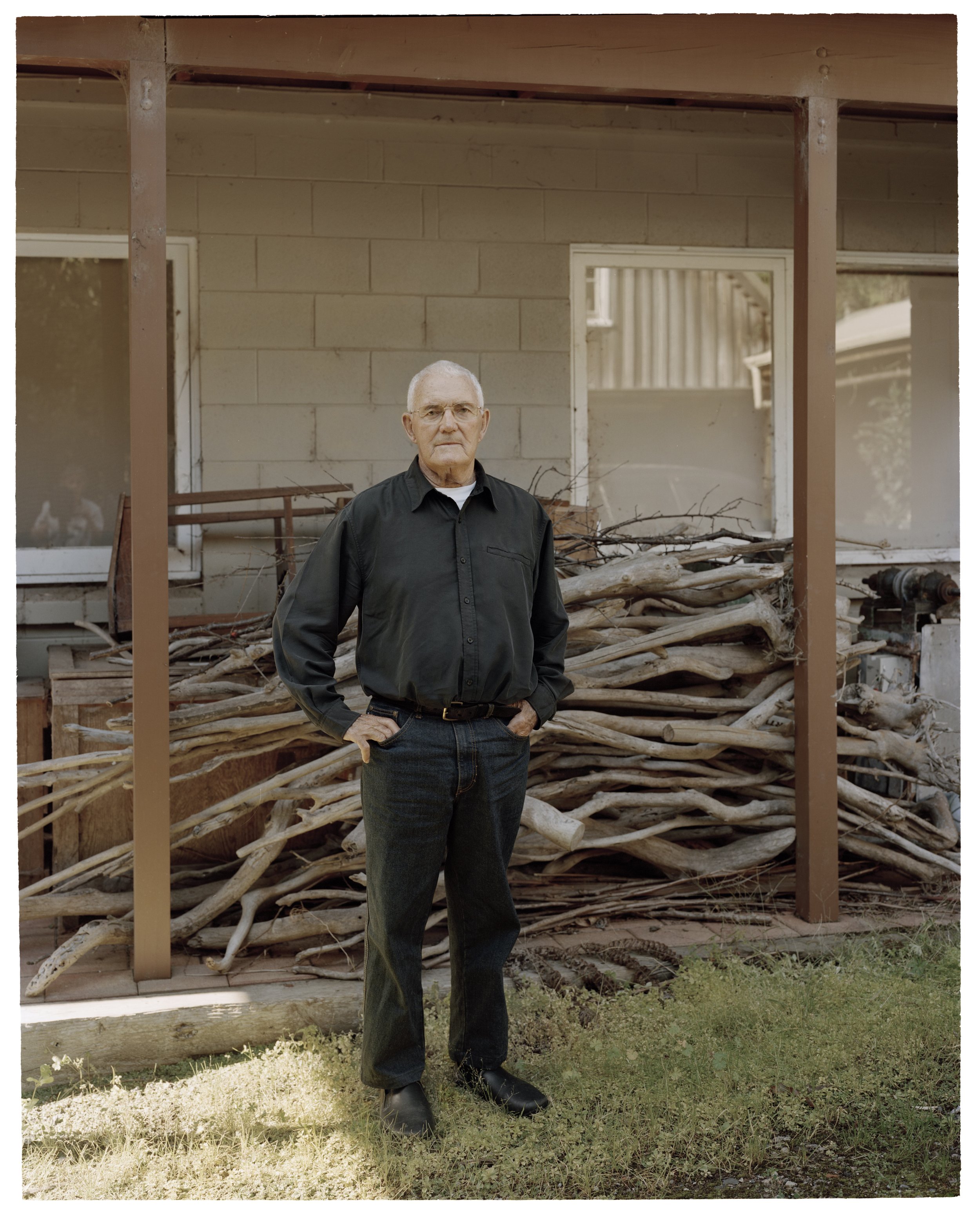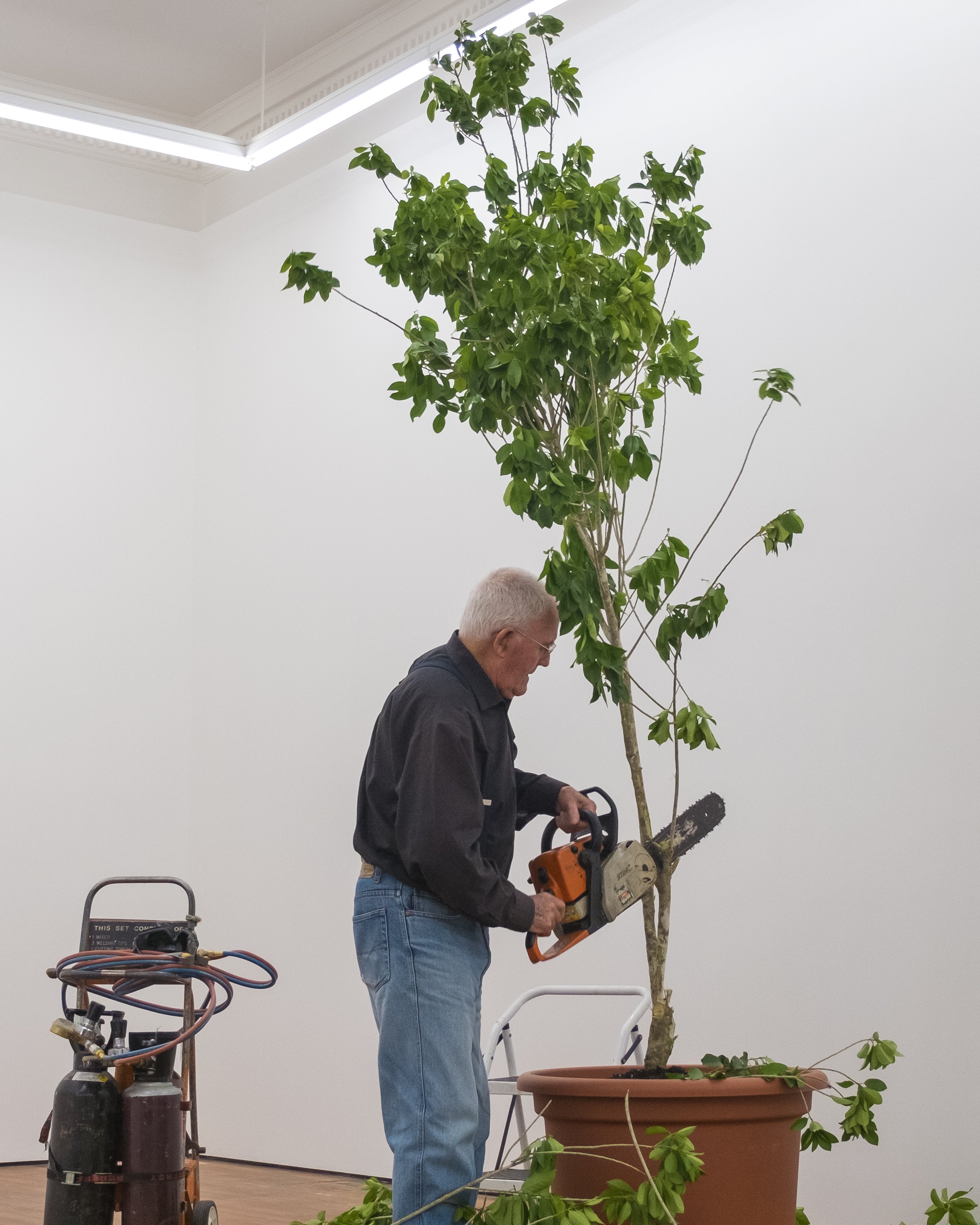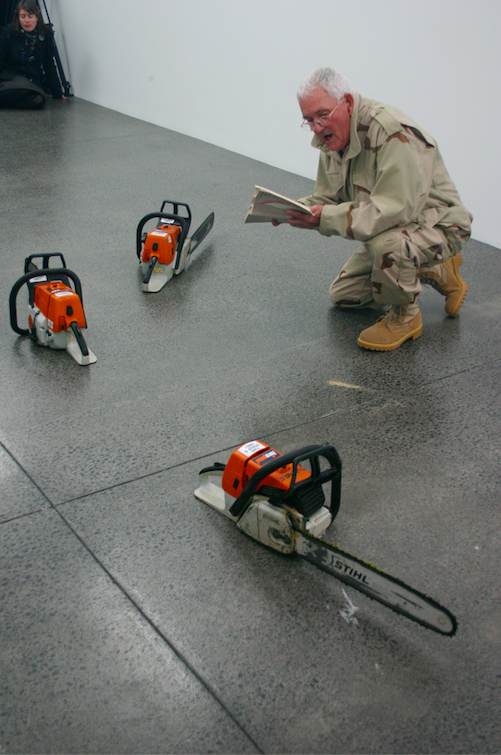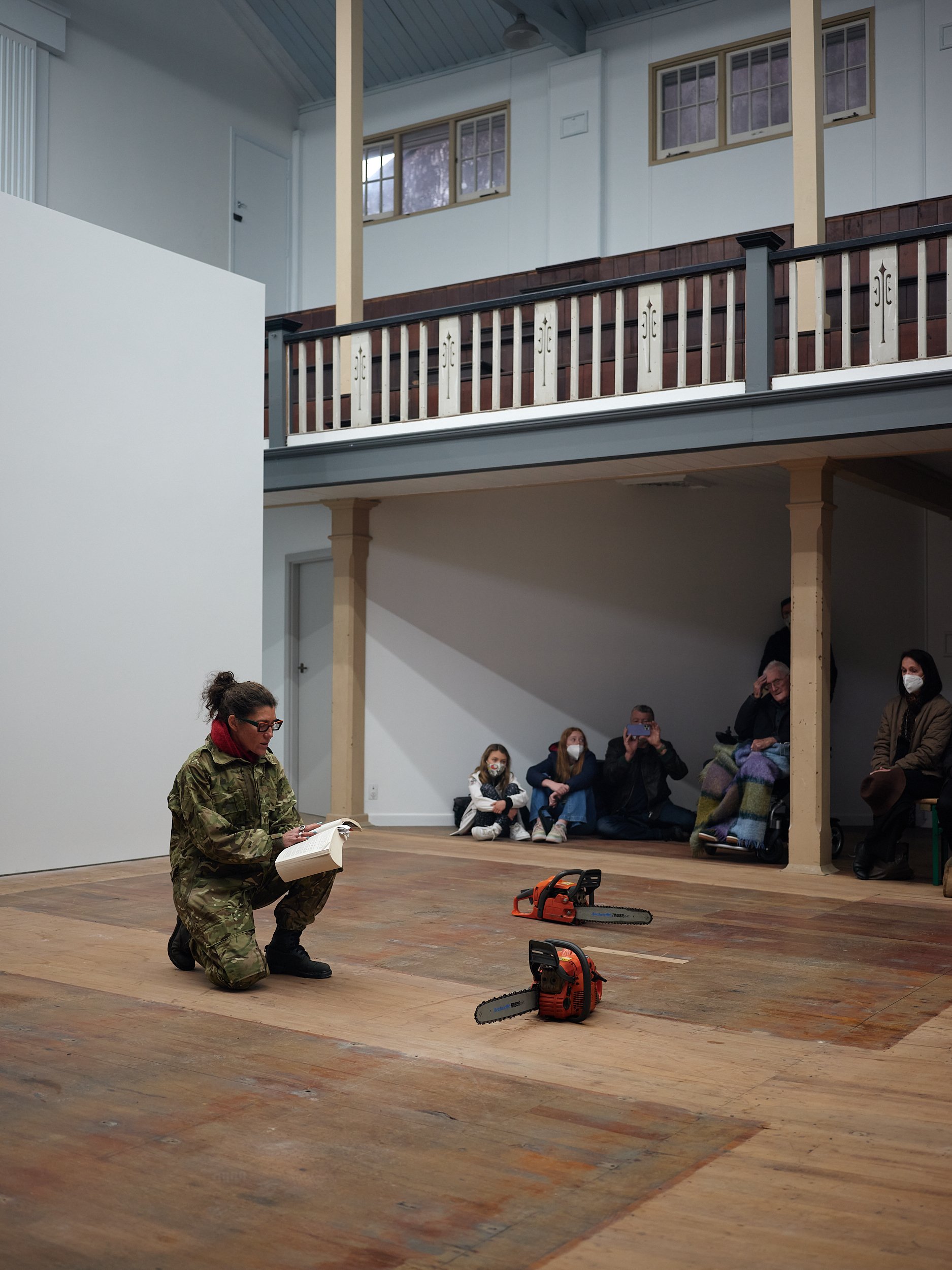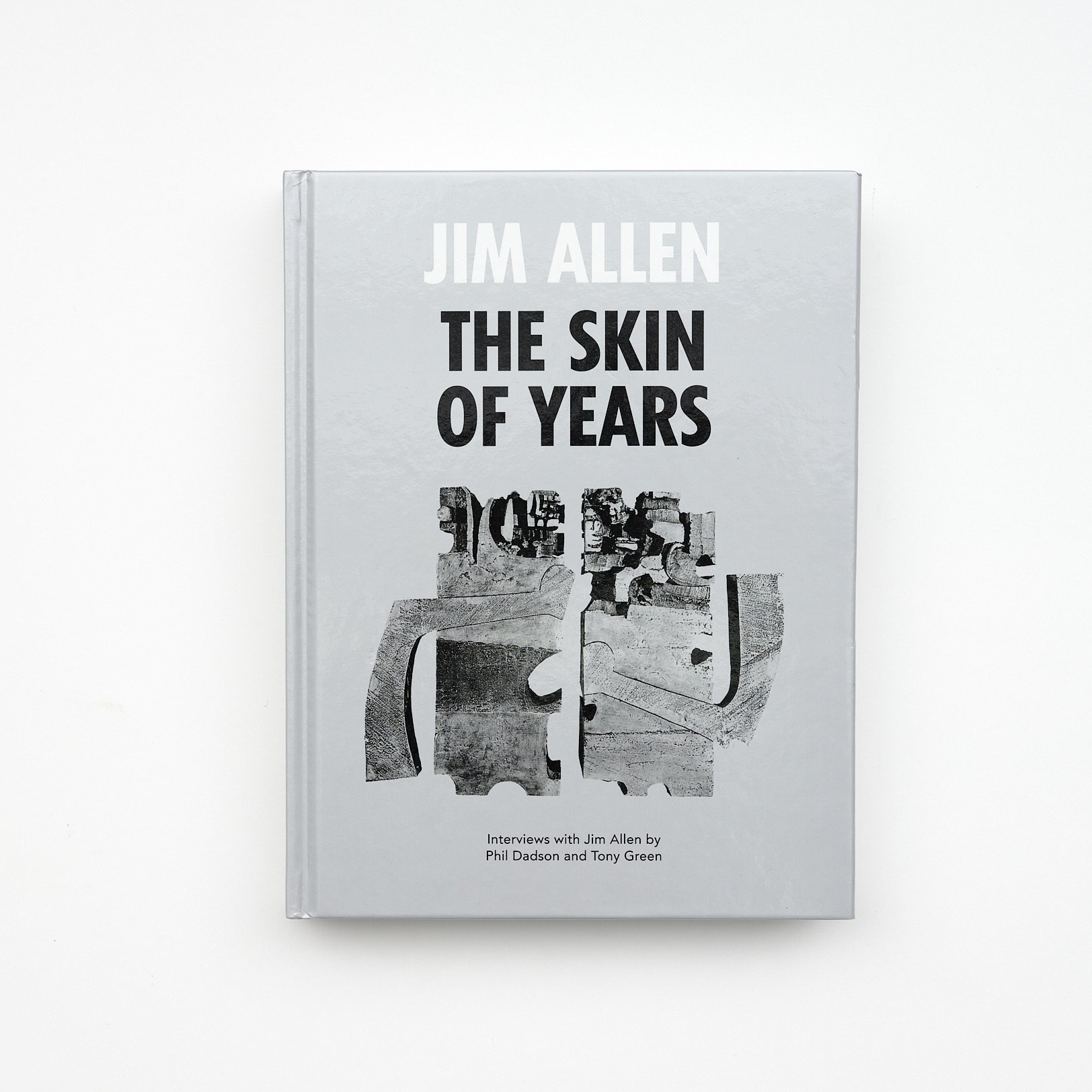Vale: Jim Allen MNZM, 1922 – 2023
/Described by critic Wystan Curnow as Aotearoa/New Zealand’s ‘first contemporary artist’ and as ‘the local precedent for present day art practices’, Jim Allen is also renowned on both sides of the Tasman as a radical and transformative art educator, first as head of sculpture at Elam School of Fine Arts, University of Auckland from 1960 to 1976, and then as founding head of art at Sydney College of the Arts (SCA) from 1977 to 1987. Allen, who died in Tamaki Makaurau/Auckland on 9 June 2023 aged 100, uniquely connected the tasks, responsibilities and creative possibilities associated with his multiple roles within an all-encompassing commitment to art as a form of dialogue in the employ of collective social and cultural advancement.
Following active service in the Second World War, Allen studied sculpture in Otautahi/Christchurch and then at the Royal College of Art, London. He taught in rural schools in the far north of Aotearoa through the 1950s, an experience critical to his growing conception of education as a process grounded in reciprocal relationships of exploration and exchange. By the end of the 1960s, and following a long sabbatical trip to Europe, the United Kingdom and the United States in 1968, which brought him into direct contact with new conceptual and performative practices as well as radical social movements and protest actions, Allen began to transform Elam’s sculpture department into a process-driven creative and intellectual environment. Learning was centred around experimentation and discussion. The cultural and environmental site-specificity of practice was highlighted. Performance, ephemeral installation, instructional work, sound and moving image all featured heavily in what rapidly became the heart of a new post-object art in Aotearoa, or simply the ‘new art’ described in the book of this title edited by Allen and Curnow in 1976.
Allen connected these developments with worlds outside the art school, setting up public presentations for artists at gallery and non-gallery locations alike, including within major events such as the Mildura Sculpture Triennial. This practical encouragement of the work of artist peers and a concern for building sustainable practical and critical support structures for experimental practice carried over to Allen’s subsequent work in the development of SCA (a decade-long commitment that he later described as an art project in itself); his critical role in the foundation of Artspace in Sydney in the early 1980s; and, following his retirement from SCA, in a major report he prepared on career opportunities and strategies for artists in Australia.
Allen’s own work evolved from a relatively traditional object-based practice of the 1950s and 1960s encompassing work in metal, wood, plaster, concrete, ceramics and stained glass, including major public commissions such as the Futuna Chapel altarpiece and windows (1961) and the Hocken Library mural (1967), to more process-focused experimental work following his 1968 sabbatical. Significant installation works such as the ‘Small Worlds’ project (1969), New Zealand Environment No. 5 (1969), Arena (1970), the two-part O-AR (1975), and the three-part performance work Contact (1974) all acted as participatory experiments in sensory experience, perception and cognition, investigating relations between bodies, materials and technology. These experiments were extended in a set of performance works Allen made in 1976 while on residency at the Experimental Art Foundation in Adelaide, including Poetry for Chainsaws, Newspaper Piece and On Planting a Native.
Allen eventually returned to live in Tamaki Makaurau in the late 1990s, continuing to make work across media through to the end of his life. He exhibited regularly with Michael Lett and, in addition to new work, remade and presented many of his installation and performance works from the particularly critical period of 1969 to 1976 across various exhibitions in Te Whanganui-a-Tara/Wellington, Ngamotu/New Plymouth and Tamaki Makaurau, as well as in Australia and Europe. All this activity ran parallel with the interest of new generations of artists, curators and art historians in Allen’s work, along with the 1970s moment of post-object practice in Aotearoa more broadly, evidenced most recently in ‘Groundswell: Avant-Garde Auckland 1971–79’ (2018–19) at Auckland Art Gallery Toi o Tamaki curated by Natasha Conland. In 2014 Clouds and Michael Lett published a book of interviews with Allen undertaken by artist Phil Dadson and art historian Tony Green, Jim Allen: The Skin of Years.
Allen’s legacy is not to be found in work long since deposited in any archive, but in work itself remade and regenerated by both the artist and others over recent decades. It is to be found in a practice that continued an explorative and socially informed trajectory until the end; in an evident influence on artists of subsequent generations seeking precedents for contemporary attitudes and practices; and in the forms of and spaces for art he helped create on both sides of the Tasman.
Blair French

